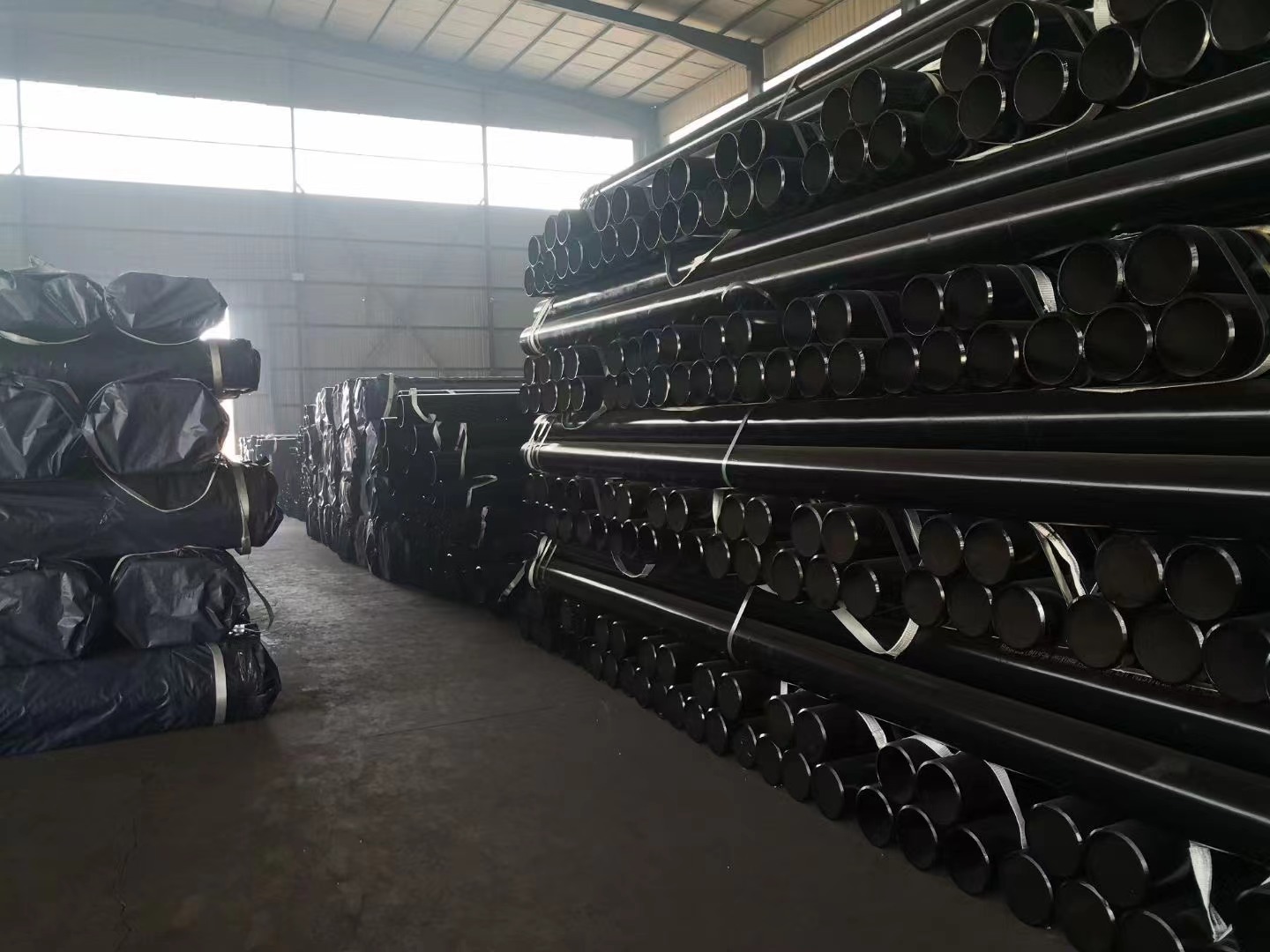-
Cangzhou Yulong Steel Co., Ltd.
-
Phone:
+86 13303177267 -
Email:
admin@ylsteelfittings.com
- English
- Arabic
- Italian
- Spanish
- Portuguese
- German
- kazakh
- Persian
- Greek
- French
- Russian
- Polish
- Thai
- Indonesian
- Vietnamese
- Zulu
- Korean
- Uzbek
- Hindi
- Serbian
- Malay
- Ukrainian
- Gujarati
- Haitian Creole
- hausa
- hawaiian
- Hebrew
- Miao
- Hungarian
- Icelandic
- igbo
- irish
- Japanese
- Javanese
- Kannada
- Khmer
- Rwandese
- Afrikaans
- Albanian
- Amharic
- Armenian
- Azerbaijani
- Basque
- Belarusian
- Bengali
- Bosnian
- Bulgarian
- Catalan
- Cebuano
- China
- China (Taiwan)
- Corsican
- Croatian
- Czech
- Danish
- Esperanto
- Estonian
- Finnish
- Frisian
- Galician
- Georgian
- Kurdish
- Kyrgyz
- Lao
- Latin
- Latvian
- Lithuanian
- Luxembourgish
- Macedonian
- Malgashi
- Malayalam
- Maltese
- Maori
- Marathi
- Mongolian
- Myanmar
- Nepali
- Norwegian
- Norwegian
- Occitan
- Pashto
- Dutch
- Punjabi
- Romanian
- Samoan
- Scottish Gaelic
- Sesotho
- Shona
- Sindhi
- Sinhala
- Slovak
- Slovenian
- Somali
- Sundanese
- Swahili
- Swedish
- Tagalog
- Tajik
- Tamil
- Tatar
- Telugu
- Turkish
- Turkmen
- Urdu
- Uighur
- Welsh
- Bantu
- Yiddish
- Yoruba

Dec . 10, 2024 20:44 Back to list
Bending Guidelines for Electrical Metallic Conduit Installation and Usage
Bending Electrical Metallic Conduit A Guide to Techniques and Best Practices
Electrical metallic conduit (EMT) is a widely used type of tubing for protecting electrical wires and cables in a variety of construction and renovation projects. EMT is lauded for its durability and resistance to wear, making it an ideal choice for both indoor and outdoor applications. However, one of the key aspects of working with EMT is the ability to accurately and efficiently bend it to fit the specific requirements of the installation. This article delves into the techniques, tools, and best practices for bending electrical metallic conduit effectively.
Understanding EMT and Its Applications
Before exploring the bending process, it’s important to understand what EMT is. Made from thin-walled steel, EMT provides a protective housing for electrical wiring systems, safeguarding them from mechanical damage. Its applications are vast, ranging from residential wiring to industrial electrical systems, where flexibility and robustness are paramount.
Tools for Bending EMT
To bend EMT properly, several tools are required
1. Conduit Bender This is the most essential tool used for creating bends in EMT. Benders come in various sizes and types, including manual and hydraulic options. A manual conduit bender is typically sufficient for most residential and light commercial projects.
2. Measuring Tape Accurate measurements are crucial. A good measuring tape will help you mark the lengths and angles you’ll need for the bends.
3. Marker or Chalk Use a marker or chalk to clearly mark the conduit at the points where you will bend.
4. Protective Gear Safety glasses and gloves are recommended to protect yourself from metal shavings and sharp edges during the bending process.
Bending Techniques
Bending EMT can initially seem daunting, but with practice, it becomes a straightforward task. Here are the primary techniques
bending electrical metallic conduit

1. Marking the Conduit Start by measuring and marking where the bend will occur. Common bends include 90-degree angles, which are often used to change directions, and compound bends for more complex layouts.
2. Using the Bender Position the conduit in the bender with the marked line aligned with the bender’s indicator mark. Apply steady pressure to the handle while ensuring the conduit stays flat against the bender's support. For a 90-degree bend, generally, a full pull to the stop is required.
3. Checking the Angle After the first bend, it's crucial to verify the angle. A degree wheel or angle finder can assist in accurately aligning with your required angle.
4. Making Additional Bends For multiple bends, remember that the total length of the conduit will change, so it's essential to account for this and re-measure if necessary.
Best Practices
To ensure the best results when bending EMT, keep these best practices in mind
- Practice on Scrap If you’re new to bending conduit, practice on scrap pieces before moving to your main conduit. This will build your confidence and help prevent costly mistakes.
- Maintain Consistent Pressure Whether you are bending manually or using a hydraulic bender, maintaining consistent pressure throughout the bending process will help produce smooth, uniform bends without kinks.
- Utilize Efficiency Techniques Learn to use shortcuts like the “3-bend method” to save time when making repeated bends of the same angle.
- Be Mindful of the Electrical Code Familiarize yourself with local electrical codes and regulations regarding the use of EMT. Ensuring compliance not only promotes safety but also avoids future legal issues.
Conclusion
Bending electrical metallic conduit is an essential skill for electricians and DIY enthusiasts alike. By understanding the tools and techniques involved and adhering to best practices, one can execute bends with precision and efficiency. With a bit of practice and patience, bending EMT will become a seamless part of your electrical installation projects, contributing to safe and effective wiring solutions.
Latest news
-
ANSI 150P SS304 SO FLANGE
NewsFeb.14,2025
-
ASTM A333GR6 STEEL PIPE
NewsJan.20,2025
-
ANSI B16.5 WELDING NECK FLANGE
NewsJan.15,2026
-
ANSI B16.5 SLIP-ON FLANGE
NewsApr.19,2024
-
SABS 1123 FLANGE
NewsJan.15,2025
-
DIN86044 PLATE FLANGE
NewsApr.19,2024
-
DIN2527 BLIND FLANGE
NewsApr.12,2024
-
JIS B2311 Butt-Welding Fittings LR/SR 45°/90° /180°Seamless/Weld
NewsApr.23,2024











